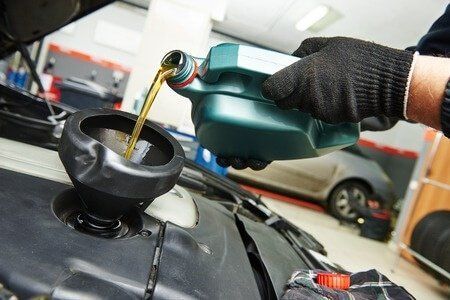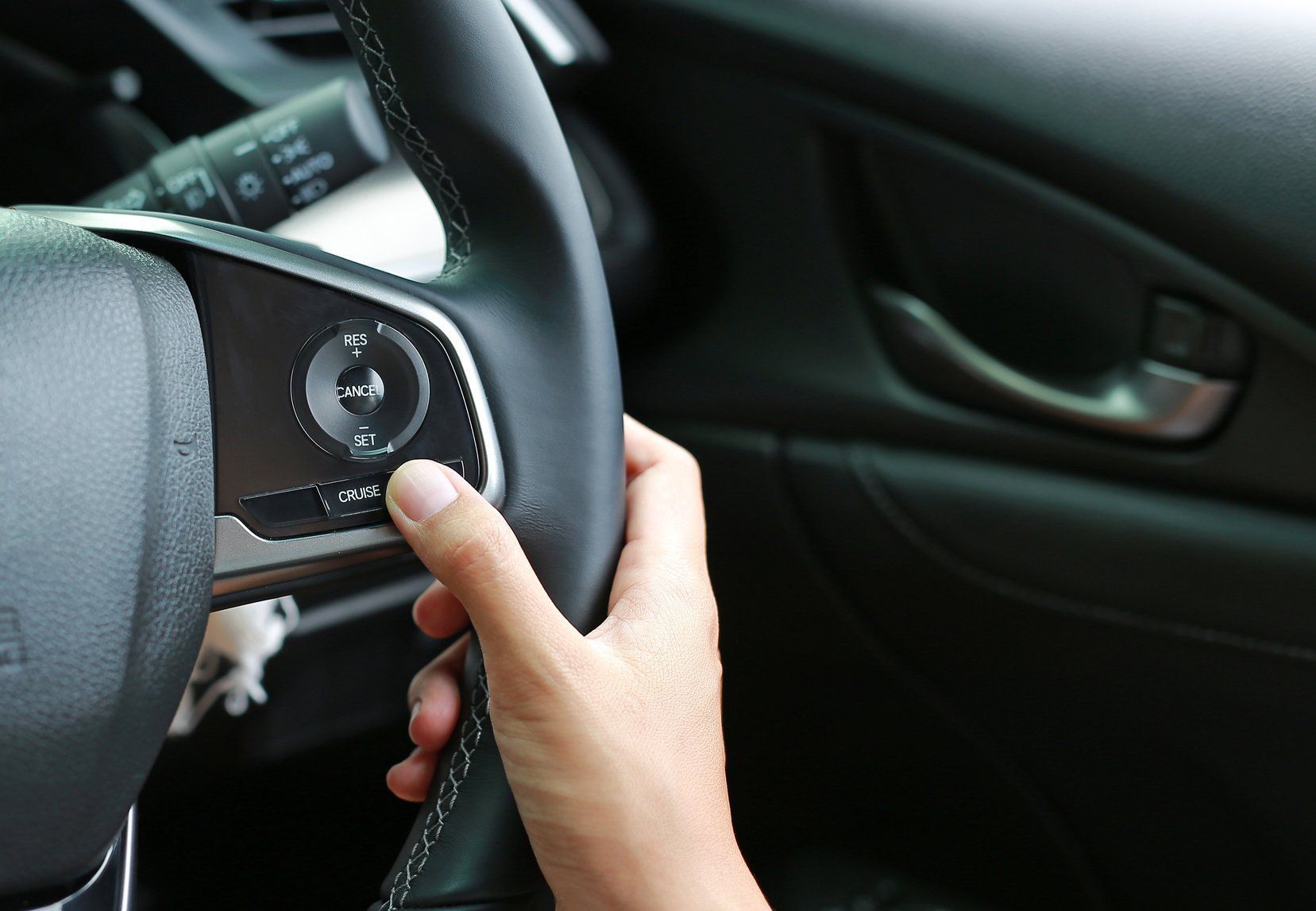3 Myths About Engine Oil

Anyone who owns a car will know what engine oil is. A car’s engine is heavily dependent on the presence of engine oil to enhance the car’s running. Engine oil works to make sure that each part of the engine is well lubricated and capable of fighting off rust corrosion. Most of us are likely to know a good deal about engine oil since it is one of the most common maintenance chores that come with owning a car. Yet, some of what you know about engine oil isn’t exactly true.
In this blog post, we will look to debunk a few myths that have crept into our knowledge of engine oil and if believed are likely to hurt the car as much as your pocket.
Myth 1 – In 10W-30 the W is an abbreviation of Weight
One of the primary factors that need to be taken into account when buying engine oil is the viscosity or the thickness of the oil. The viscosity of the engine helps in the running of the car – the lesser the viscosity the greater the ease with which it can move around in the engine room of your car. The best engine oil choice is likely to be one that is neither too thin that it slips, or to thick so that is has a lack of mobility. The viscosity of the engine oil is measured in two ways: using the SAE 30 and the 10W-30.
Often the W in the 10W is thought to mean the weight of the oil when it reality is a double grading way to measure the viscosity of the engine oil. 10W-30 is simply a grading method that not only indicates the viscosity of oil when it is hot but also highlights the viscosity of the engine oil when it is cold.
Myth 2 – When you Engine oil turns dark and dirty it needs to be changed
If you are passionate about keeping your car in perfect shape at all times, chances are that you check your car’s engine oil from time to time to have an update on the state of the oil. It is widely believed that when a car’s engine oil turns dark, it’s because of dirt, and it needs to be changed. This in fact is far from reality.
Increasingly, the modern cars require detergent oil to be used in them. Detergent oils work to not only lubricate the engine’s parts they also make sure that the sludge particles are suspended in the oil.
This is the primary reason that the oil will start to turn darker after a few running of the car, but that is in no way a cause for concern. In modern cars, the oil turning darker is a sign of it doing its work effectively and while it will reach its limit; it is unlikely to take place at such speed.
Myth 3 – You need to Change the Oil every 3000 miles
Changing the car’s engine oil after every 3000 miles is an old fact that has gradually with the advancements in oil technology turned into a myth. Back in the day, all car manufacturers recommended a change in the car’s oil after a running of 3000 miles, but things have changed. The advancements in the oil technology today have meant that engine oils could generally continue to perform in the engine for about 7500 miles. Engine oil needs to be changed according to the oil manual and not the advice of a salesman wanting you to sell your oil.
Make sure you are able to separate facts from fiction when it comes to engine oil. If you have any doubts with the performance or state of your car’s engine oil, give us a call and schedule an appointment. We’ll make sure your car’s performance remains perfect.
Revitalize Your Ride: Schedule A Service
Securing your service appointment at our service center is seamless and convenient. Our dedicated team is ready to provide expert care for your vehicle, ensuring top performance and reliability. We prioritize your convenience and are committed to delivering exceptional service with every visit. Trust us to keep your vehicle running smoothly, schedule your appointment now.



